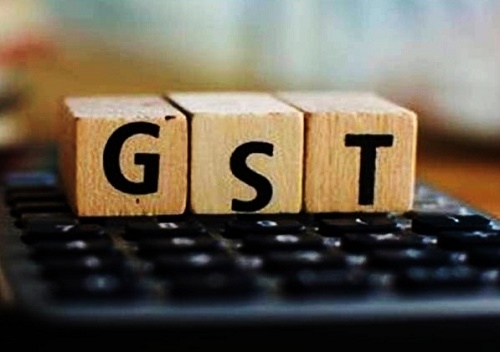Average inflation rate highest in 2022, at 6.82%, since 2014

Follow us Now on Telegram ! Get daily 10 - 12 important updates on Business, Finance and Investment. Join our Telegram Channel
Amid the debate over price rise and inflation in the country, a comparison of government data since the year 2014 discloses that the all India average inflation rate is highest at 6.82 per cent in current year 2022.
As per the government data, the average inflation was 6.65 per cent in 2014, came down to 4.91 in 2015 and further slipped to 3.33 in 2017. Even in 2019, it was 3.72 per cent but jumped to 6.62 in 2020. Average inflation rate in 2021 was 5.14 per cent.
The National Statistical Office (NSO) releases the inflation rate on the 12th of every month (next working day if 12th is a holiday), based on the Consumer Price Index (CPI).
As per the Ministry of Statistics, overall increase in CPI based inflation is broad based and major contributions is due to increase in food and fuel related index. Food inflation is led by cereals, milk, fruits, vegetables, spices and prepared meals. Fuel inflation was driven up by a rise in LPG and kerosene prices.
"CPI excluding food and fuel hardened across almost all components, mainly by the transport and communication sub-group due to increase in the prices of petrol and diesel. A large part of the increase in inflation in the recent months can be primarily attributed to supply shocks linked to the war in Europe," said the ministry.
The price situation of major essential commodities is monitored by the government on a regular basis and corrective action is taken from time to time, it said, adding that several supply side measures have been taken by the government to address inflation. These include reduction in import duties and cess on pulses, rationalisation of tariffs and imposition of stock limits on edible oils and oil seeds, maintenance of buffer stock for onion and pulses etc, said the ministry.
Further, buffer stock of pulses and onion has been maintained for price stabilisation by the government. Calibrated release of pulses and onions from the buffer has been initiated to moderate the prices in the market.
The Monetary Policy Committee (MPC) of RBI increased the policy repo rate by 90 basis points in the financial year so far (by 40 bps in the off cycle meeting on May 4 and by 50 basis points on June 8) taking the policy repo rate to 4.90 per cent. Further, with the institution of the Standing Deposit Facility (SDF) at 40 basis points above the fixed rate reverse repo, the effective policy rate has been raised by 130 basis points by the RBI since April.










Tag News

Monthly Debt Market Update, September 2023: CareEdge Ratings





 320-x-100_uti_gold.jpg" alt="Advertisement">
320-x-100_uti_gold.jpg" alt="Advertisement">








